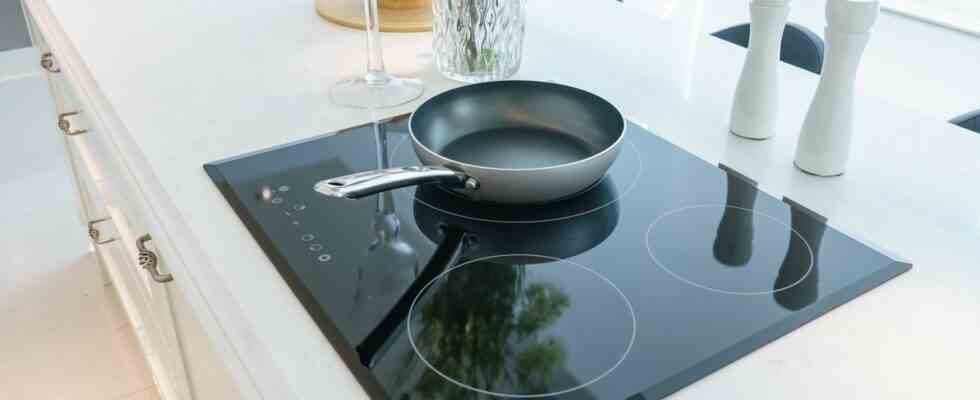The different types of hob
The hobs can operate with two types of energy. Some models run on electricity, others on gas and still others combine the two. Whatever energy mode you are looking for, it is possible to choose your hob on the castorama.fr website, where you can find hob models of different types. But first, let’s take a closer look at these different types.
The electric plate
Its main advantage is that it is the cheapest of all purchase. But that is all relative, because it is also the most energy-consuming, which means that in the long term, it will be less economical. What characterizes it are the cast iron plates on which the pots or pans must be placed and its robustness. But it has several drawbacks:
- She is unresponsive and takes time to heat up, time during which the electricity runs without being useful, but also to cool down.
- Cooking takes longer than with gas, for example.
- the temperature control is difficult.
The induction hob
The induction hob has many advantages and benefits from very good performance. It works on the basis of a magnetic current created between the pot or pan and a coil located inside the plate. His advantages :
- Thanks to this technology, only the utensil positioned on the chosen zone is heated. You thus benefit from a fast and precise heating without loss of heat, which makes it possible to make energy savings.
- Furthermore, the plate stays cold This limits the risk of burns.
- His maintenance is easy.
Nevertheless, it is not without some disadvantages either, but they are less:
- You will need to equip yourself withadapted utensils to this type of plate.
- You have to think about remove the pan to stop the magnetic conduction.
The ceramic hob
Often confused with the induction hob, it is a more modern version of the electric plate. It is thus more efficient than the latter, but less efficient than the induction hob. It is therefore an intermediate model with a price range that lies between the two. It consists of a glass-ceramic plate which rests on heating elements, which can be radiant or halogen:
- the radiants gradually heat up by conduction, which is ideal for simmering dishes ;
- halogens heat up by impulse and are considered to be more efficient.
On some models, these two heating technologies are combined.
The ceramic hob offers interesting heating speedbut she is energy-intensive. Another of its drawbacks is that it takes a long time to cool.
The gas plate
Whether it is town gas or not, the gas hob is affordable and efficient. It remains a must. Certainly the heating is slower than with an induction plate, but it benefits from a simplicity of use which is appreciated, since the power of the flame can be modulated according to the type of cooking.
It requires a gas inlet or the use of a gas bottle. In the latter case, you need a location in which to install it and, possibly, to have a spare to avoid any hassle when the bottle is empty. The biggest criticism that can be made of this type of plate is its cleaning, since it is necessary to wash not only the plate, but also grates and burners.

The different surface materials
Another criterion to take into account when choosing your hob is its coating.
- Stainless steel : of great resistance, it is easy to maintain, which is why professionals in the kitchen sector turn to this type of surface.
- Glass : it is the most common material on induction hobs. Its smooth surface is easily cleaned with a sponge.
- E-mail : this material is frequently used on gas hobs.
- Vitroceramic : used for hobs of the same name and, sometimes, for gas hobs. Again, it is an easy-care material.
- Melting : for high-end models. This material is very robust and easy to maintain. On the other hand, it takes longer to heat up and cool down.
Other selection criteria
To choose the right hob, you must then take an interest in other criteria related to your place of life, your habits, etc. :
- Hob size : depending on the space you have, but also on your habits, you can opt for a smaller hob with only two burners. The standard model measures approximately 60 cm and incorporates 3 or 4 lights. Finally, there are larger models that have up to 6.
- Number of lights : this choice is often linked to the space you have, but also to the way you cook.
- Cooking mode : on some models, such as ceramic or induction hobs, cooking modes can be integrated. You can thus opt for keeping warm after cooking, simmering, etc.
- Integrated ignition : present on gas hobs, it allows you to light the burner from the start button.
- Rapid temperature rise : vitroceramic and induction hobs can offer a booster function which allows the temperature of the heating zone to rise more quickly. This function can be useful for boiling water, for example.
- You should also pay attention to security systems. Indeed, some hobs are equipped with functions that make the hob more efficient and safe. For instance :
- the anti-overheating option causes automatic shutdown in the event of overheating if you forget an empty pan on your stove;
- child safety to prevent small hands from inadvertently starting the hob;
- overflow option causes the hob to stop when liquid overflows from your pan.

